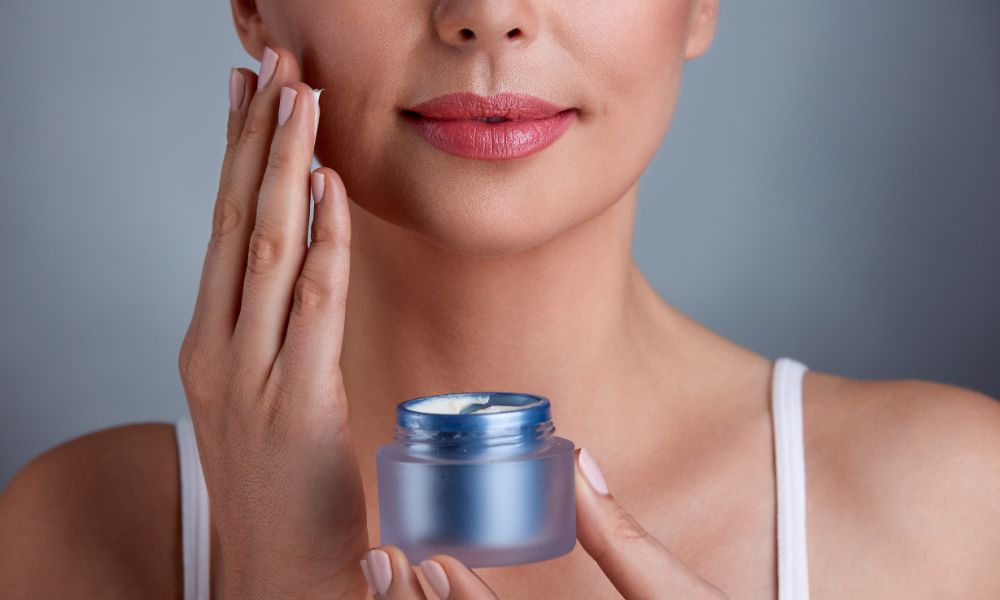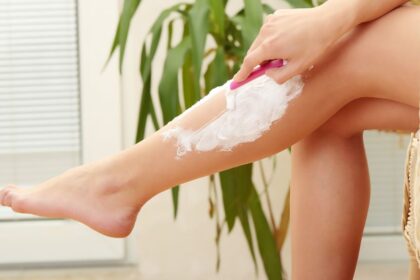The purpose of makeup and skin-care products is to make you feel confident and beautiful. But how can you feel at ease when there are potentially harmful ingredients lingering in your favorite products?
You must be aware of the dangers of unsafe cosmetic ingredients. Continue reading below to learn which ingredients to avoid and the damage they can cause to your health when used in excess.
Polyethylene Glycols (PEGs)
Polyethylene Glycols, commonly known as PEGs, are petroleum-based compounds widely used in cosmetics as emollients, emulsifiers, and as vehicles for delivering other ingredients deeper into the skin. You can find these compounds in a vast array of personal care products, such as creams, lotions, and makeup.
While they contribute to the smooth and moisturizing feel of many beauty products, PEGs have their share of potential health concerns. PEGs themselves are generally safe; however, the process of manufacturing PEGs often results in contamination with ethylene oxide and 1,4-dioxane, both of which could cause health issues like cancer and organ toxicity.
Formaldehyde
Formaldehyde is a common preservative found in personal care and beauty products like nail polish and hair straightening treatments. It often causes issues when inhaled or touching the skin. Excessive exposure to formaldehyde can increase the risk of cancer, cause damage to the lungs, and lead to skin irritation.
Phthalates
Phthalates are a group of chemicals widely used in plastic production to enhance flexibility and softness. Consequently, they have become a popular choice for cosmetic packaging, providing an enjoyable tactile experience.
But how does this relate to cosmetics? Phthalates act as fragrance fixatives, commonly found in perfumes and lotions. Be cautious because phthalates can cause hormone disruption and potential developmental and reproductive effects.
Silica
Silica is a naturally occurring mineral commonly found in cosmetics and personal care products. It serves various purposes, such as being an abrasive, anti-caking agent, bulking agent, and opacifying agent. You can find it in products like foundation, powder, skin care, and toothpaste, where it enhances texture and absorption.
While the FDA considers silica safe for cosmetic use, you should be aware of potential health risks associated with certain forms and quantities. Crystalline silica, frequently used in cosmetic manufacturing, can be harmful if inhaled. It may cause lung inflammation and an increased risk of lung cancer. Additionally, silica-based products can sometimes cause skin dryness and irritation, especially for those with sensitive skin.
Talc
Talc is a popular ingredient because of its absorbent and translucent properties. It’s common in powder-based cosmetics.
However, in the past, people have associated it with ovarian and lung cancer due to the risk of contamination with asbestos. Inhaling the substance over prolonged periods can irritate the nose, throat, or lungs and increase the risk of cancer.
What Can You Do To Protect Yourself?
The first step is to read each ingredient list on a makeup or skin-care product before purchasing. This will instantly prevent exposing yourself to any health or skin complications from the get-go.
Next, pay attention to product recalls often. Factory contamination is commonly the culprit of harmful cosmetic ingredients. Stay up-to-date to safeguard your health.
Skin-care products aren’t like makeup. It takes time to see results, so you’ll want to implement a few tips to introduce new skin-care products into your routine to keep your skin healthy. Without the dangers of unsafe cosmetic ingredients hanging over your head, you can feel confident about the products you choose to apply every day.




